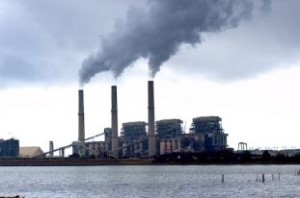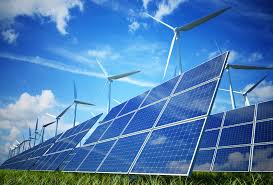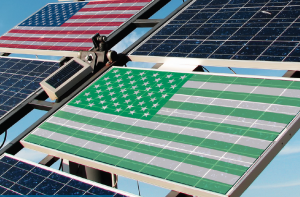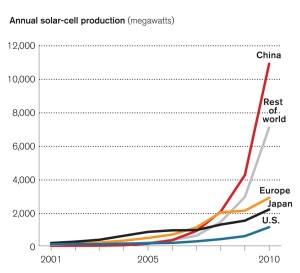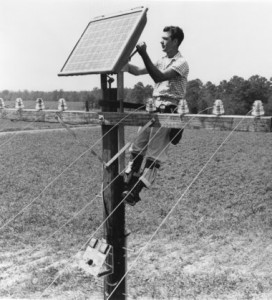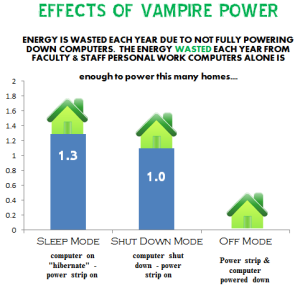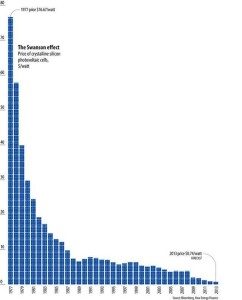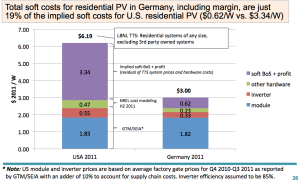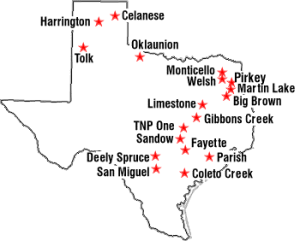The chief toxicologist of the Texas Commission on Environmental Quality (TCEQ), Michael Honeycutt, is leading the charge against the Environmental Protection Agency’s (EPA) expected future regulations on smog, also known as ozone. The EPA is expected to lower the acceptable ozone standard from 75 parts per billion to 60 parts per billion by December 1st.
The Clean Air Scientific Advisory Committee (CASAC) Ozone Review Panel consisting of doctors and scientists has unanimously advised the EPA that ozone levels are too high and need to be lowered. Their research shows that ozone is responsible for a variety of health effects: “lung function decrements, pulmonary inflammation, respiratory symptoms, respiratory morbidity and respiratory mortality”. According to the EPA, ozone concentrations aggravate diseases such as asthma, emphysema, chronic bronchitis, and heart disease; ozone is also associated with higher mortality rates, especially in older adults. However, Republicans in Congress and Texas are acting to protect American jobs and job-creators against the EPA’s “agenda”.
In an article arguing against proposed new ozone standards David Honeycutt writes, “after an in-depth review of the EPA’s analysis, as well as a thorough study of the relevant scientific literature, the TCEQ has concluded that there will be little to no public health benefit from lowering the current standard”. Honeycutt explains that because ozone is an outdoor air pollutant and “since most people spend more than 90 percent of their time indoors”, then they are rarely exposed to significant levels of ozone. He claims that “Environmental regulations should be based on sound science. If they are not, then it opens the door for regulations that are based on politics”.
Major Texas cities such as Houston, San Antonio, and Dallas, home to over four and a half million people combined, already have ozone levels above permitted levels. According to the American Lung Association, Houston is 7th in the country for highest ozone levels and Dallas ranks 8th. If the EPA lowers the acceptable ozone standard to 60 parts per billion as proposed, then the cities of Austin and El Paso, with a combined million and a half residents, will also fail to meet federal standards. But the debate concerns more than just federal regulations. Though many Texas cities fail to comply with the current ozone standard, most scientists still think it is too lenient and the public’s health remains at risk at these levels.
That is of course, with the exception of scientists like David Honeycutt of the TCEQ who argues that stricter ozone regulations will provide no substantial health benefits. As he explained, Texans needn’t worry about ozone if we just stay inside.


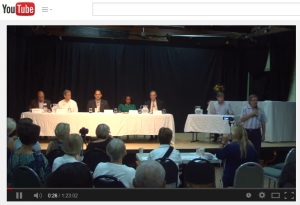


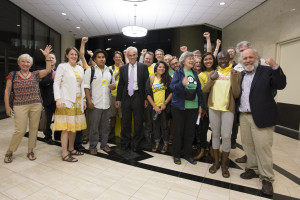
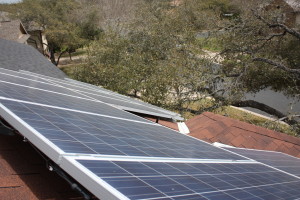

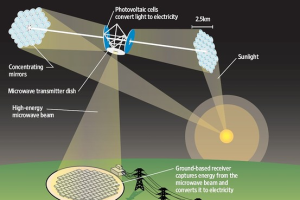



 By 2030 the EPA seeks to reduce America’s carbon dioxide emissions 30% from 2005 levels.
By 2030 the EPA seeks to reduce America’s carbon dioxide emissions 30% from 2005 levels.